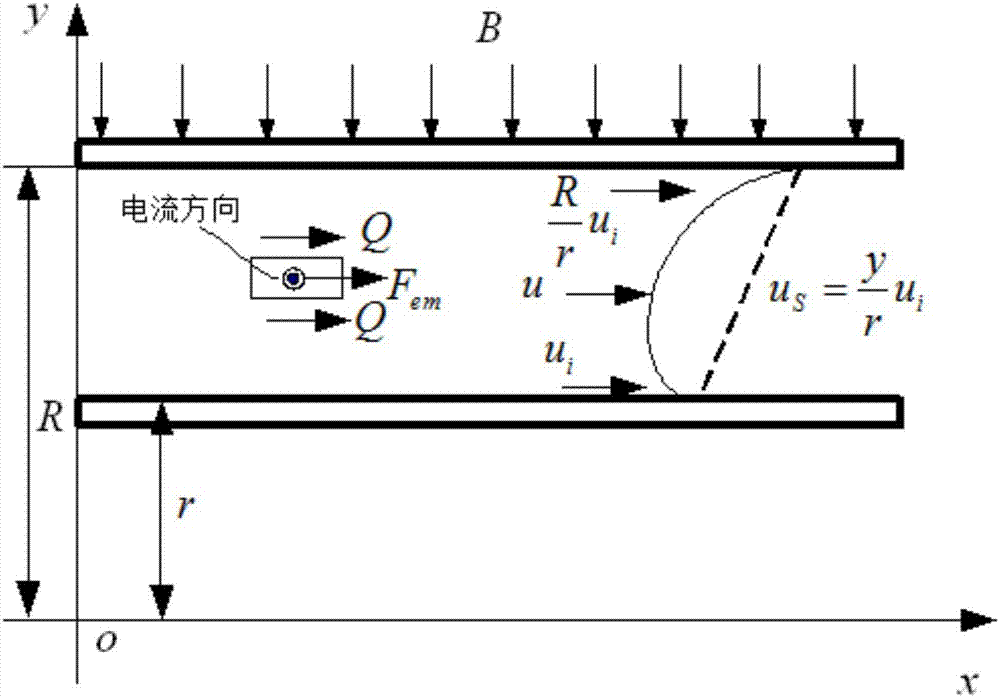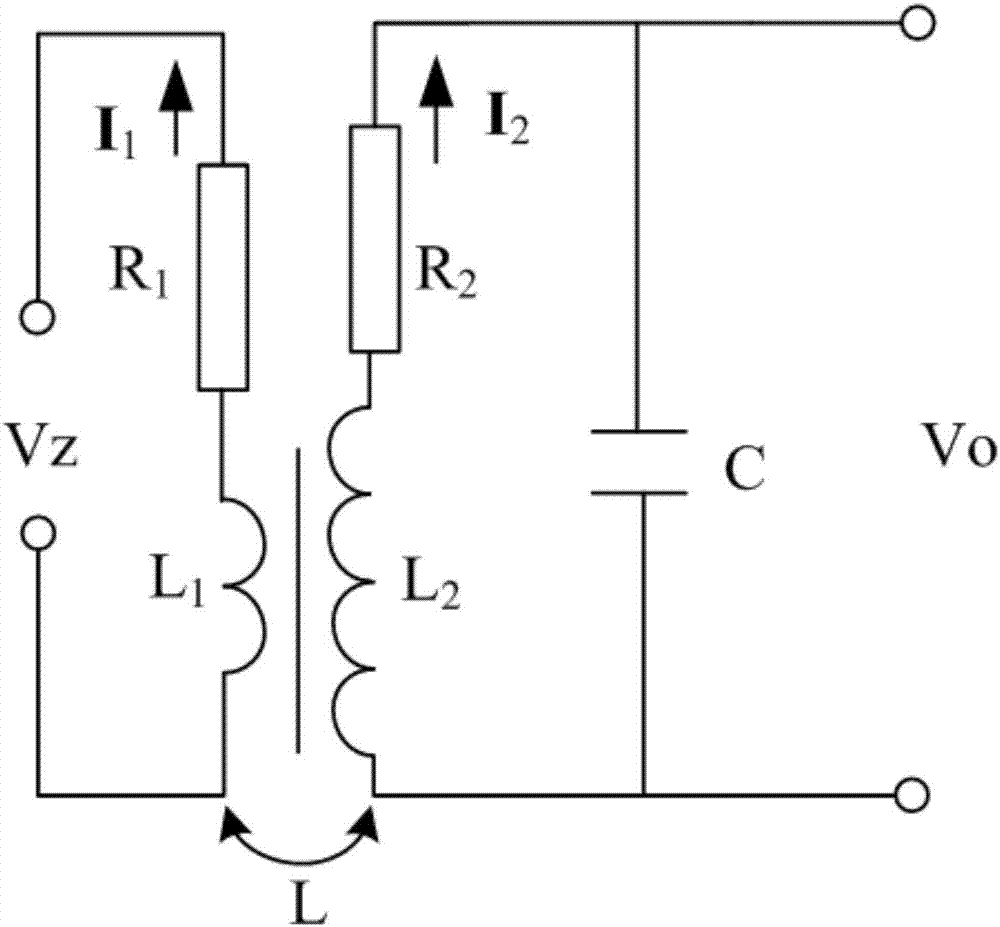Angular velocity sensor modeling method based on Magneto-hydrodynamic Effects
A magnetohydrodynamics, angular velocity sensor technology, applied in instruments, special data processing applications, electrical digital data processing, etc., can solve problems such as high unit price, improved measurement accuracy, and unsuitable for civil application development.
- Summary
- Abstract
- Description
- Claims
- Application Information
AI Technical Summary
Benefits of technology
Problems solved by technology
Method used
Image
Examples
Embodiment Construction
[0039] The present invention will be further described below through specific embodiments in conjunction with the accompanying drawings. These embodiments are only used to illustrate the present invention, and are not intended to limit the protection scope of the present invention.
[0040] Such as figure 1 As shown, the present invention provides a kind of angular velocity sensor modeling method based on magnetohydrodynamic effect, comprises the following steps:
[0041] Step S1, establishing a transfer model of the sensor probe;
[0042] Step S2, establishing the transfer function of the primary amplifying transformer;
[0043] Step S3, establishing the transfer characteristics of the back-end instrument amplifier circuit;
[0044] Step S4, according to the results obtained in steps S1, S2 and S3, construct an overall model of the sensor.
[0045] The above-mentioned angular velocity sensor modeling method based on the magnetohydrodynamic effect, wherein the step S1 speci...
PUM
 Login to View More
Login to View More Abstract
Description
Claims
Application Information
 Login to View More
Login to View More - R&D
- Intellectual Property
- Life Sciences
- Materials
- Tech Scout
- Unparalleled Data Quality
- Higher Quality Content
- 60% Fewer Hallucinations
Browse by: Latest US Patents, China's latest patents, Technical Efficacy Thesaurus, Application Domain, Technology Topic, Popular Technical Reports.
© 2025 PatSnap. All rights reserved.Legal|Privacy policy|Modern Slavery Act Transparency Statement|Sitemap|About US| Contact US: help@patsnap.com



